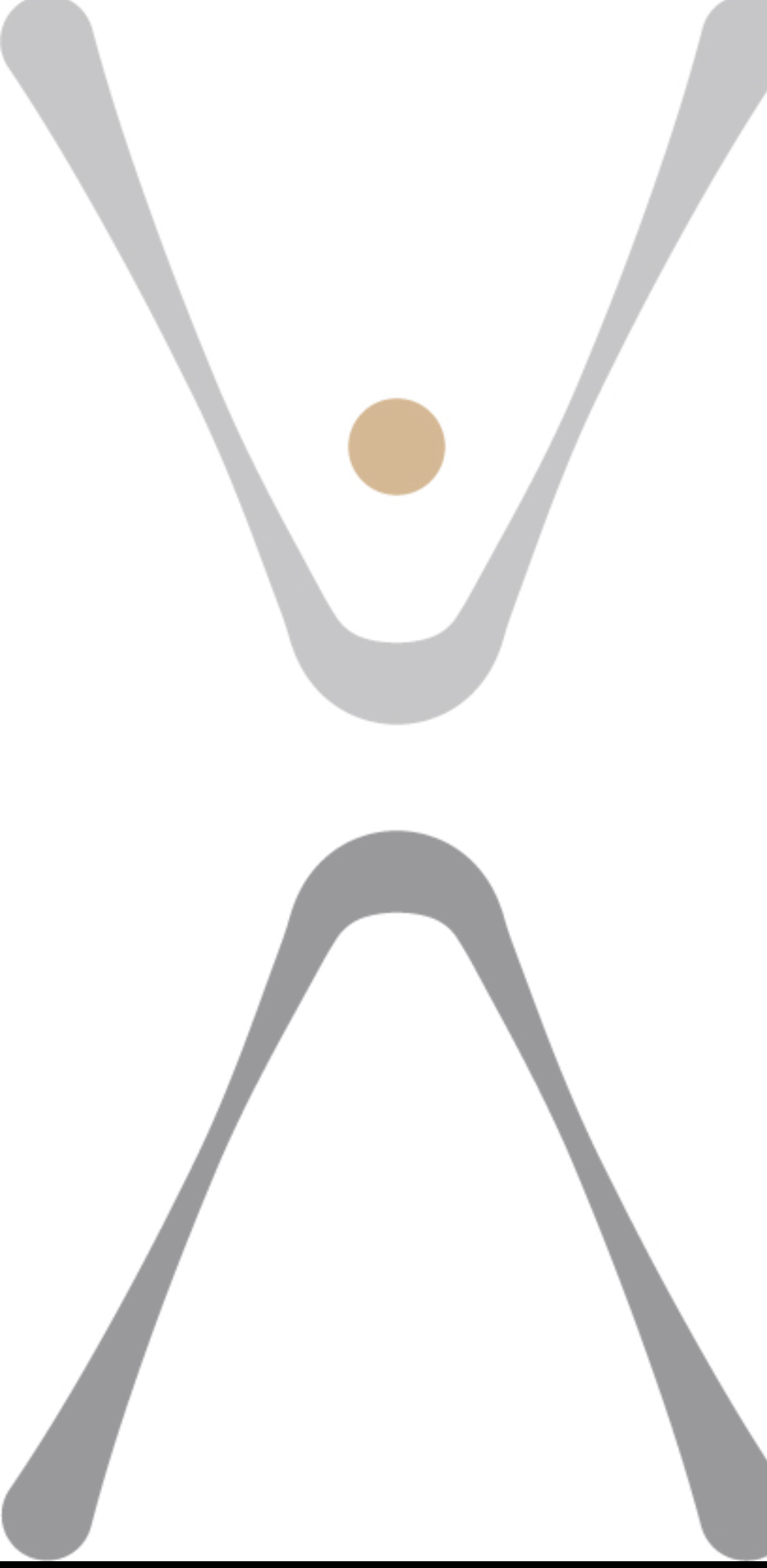Hip Flexor Relationship Status: COMPLICATED
- Brynn Patterson

- Feb 9, 2021
- 3 min read
Updated: Oct 11, 2024
Do you have tight hip flexors? If you sit at a desk for prolonged periods of time, chances are that you do. Stretching can help temporarily, however the next time you sit for awhile those hip flexors will probably tighten back up on you.

First of all…what are the hip flexors? The hip flexors are a very important group of muscles in the front of your hip that are responsible for bringing your leg towards your torso or your torso towards your leg. They play a key role in walking, running, going up stairs and any time you need to bend forward at the hip or lift your leg off the ground. They also require support from your core postural muscles to work efficiently and most effectively.
With prolonged sitting the hip flexors are commonly tight or shortened in length. When you then stand up/move/exercise, the shortened position remains and tilts your pelvis forward as well as pulls on your lumbar spine. This creates a slightly flexed hip position in standing as well as a compressed lumbar spine.
To further complicate matters, prolonged sitting also leads to weakened abdominal and glutes. If your hip flexors are now tight and your core and glutes are now weak this leads to a common muscular imbalance in the hip/low back area where people start feeling like their hip flexors “take over” during many fundamental exercises making it more difficult for people to correct this situation.

So how DO you correct this situation?
You can of course stretch your hip flexors. Break up long bouts of sitting with a hip flexor stretch. Here is one of my favorites:
Lay on your back with a yoga block or thick book under your sacrum
Bring one knee into your chest as you extend the other leg out straight. Relax your shoulders and neck.
As you hold the stretch tilt your pelvis backwards as if you were reaching your low back towards the floor.
Hold the stretch for at least 30 seconds before switching sides. End with extending both legs out straight.

Stretching will feel good temporarily, however on its own it will not lead to lasting results.
The first thing is to be aware of that slightly flexed hip position in standing. Think about “standing tall and grounding” out of it as well as finding a neutral pelvis position in standing. Glutes and Abs need to be strengthened in a way that inhibits hip flexors from taking over. Once adequate recruitment of the abs and glutes are achieved, then stretching the hip flexors will actually start to have lasting results. At this time we want to invite the hip flexors to joint the party again without taking over the party by performing hip flexor strengthening exercises that also require stabilization from the abs and glutes.
My Hip Flexor Harmony Recipe
1. Bring body awareness to holding neutral pelvis position when standing, walking or exercising.
2. Strengthen the glutes and abs without the hip flexors “taking over”.
3. Stretch the hip flexors.
4. Begin hip flexor strengthening exercises that require stabilization from the core and glutes.
This magical recipe produces a significant “release” of those tight hip flexors and improves low back pain and disfunction.
If this blog didn’t actually simplify anything for you then just try Pilates .
Pilates is a form of corrective exercise that when performed CORRECTLY will lead to the gradual rebalancing of the postural muscles. However if you have tried a Pilates mat video on your own then you probably didn’t feel the magic and your hip flexors took over the party. To get the true rebalancing benefits from pilates it’s imperative to work with a highly trained teacher preferably one on one initially. After you learn the correct form, then those pilates mat videos can be added to supplement your studio time.




Comments